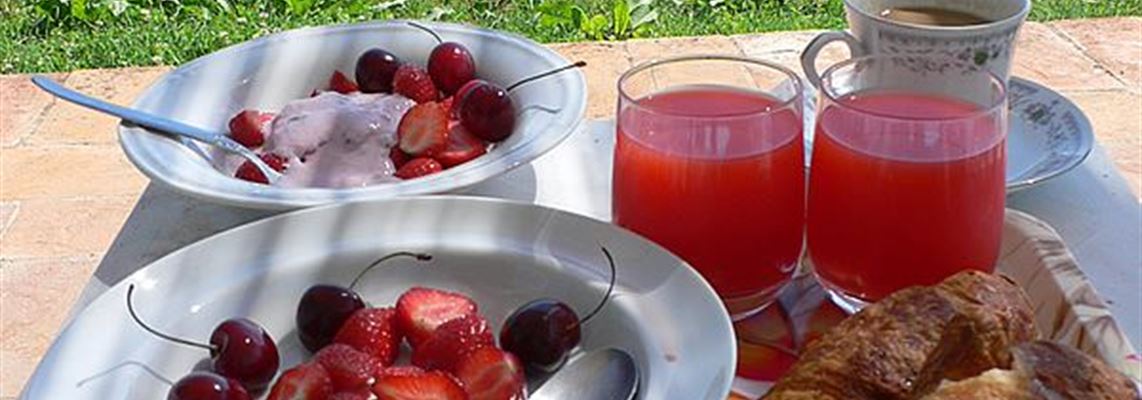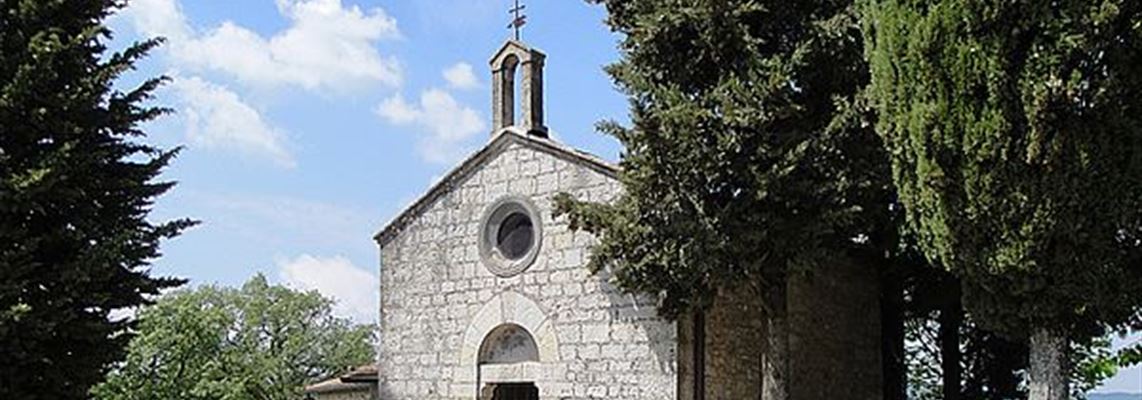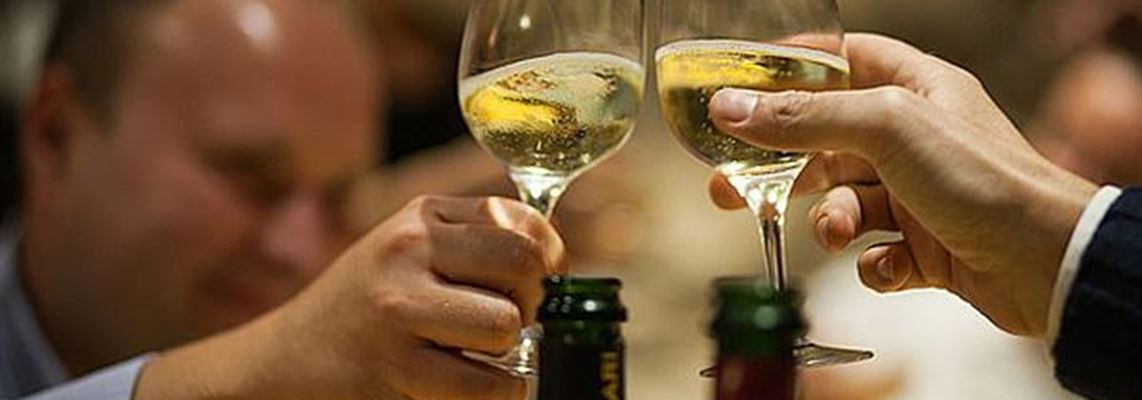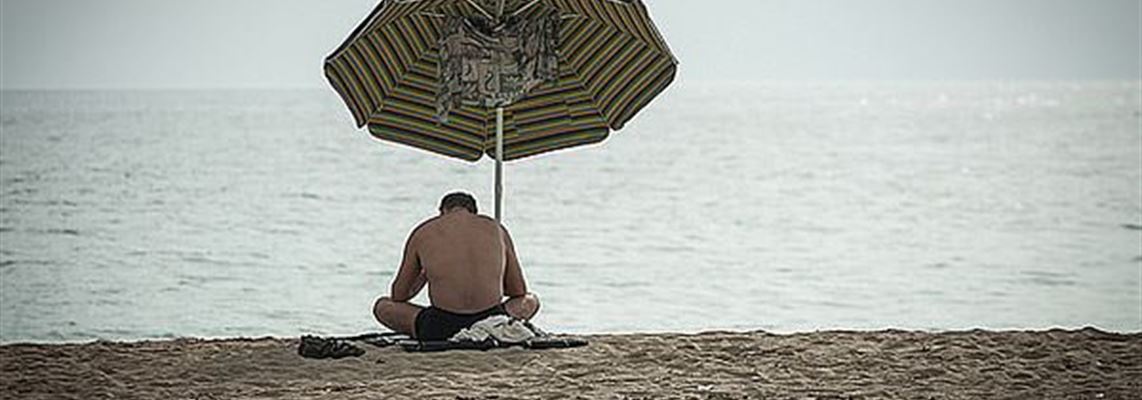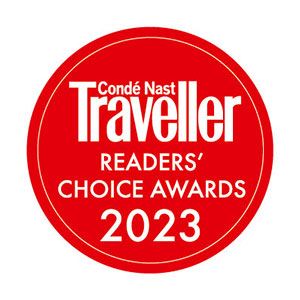Customs
While travelling in Italy you’ll be able to tell that habits, landscape, cooking and even language change considerably from north to south. Italy is a very young nation compared to other European countries and it’s been divided in several lordships and under foreigner kingdom, not to mention the Papal States, until 1861.
However there are some common habits and customs found throughout Italy and you might find that they are quite different from the ones in your home country. Here are some of the most common to help you understand the locals.








